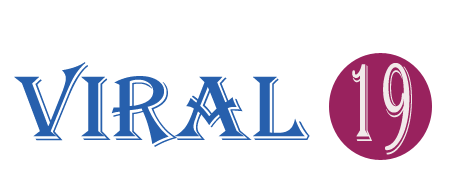Blood Facts
-
Blood makes up around 7% of the weight of a human body.
-
Blood contains red blood cells, white blood cells and platelets.
-
These blood cells float in a yellow liquid called blood plasma. Blood plasma is made up of 90% water and also contains various nutrients, electrolytes, gases, proteins, glucose and hormones.
-
Blood plasma can be separated from the cells by spinning blood in a device known as a centrifuge until the cells collect at the bottom of the tube.
-
Red blood cells have the important job of carrying oxygen around the body. They also contain a protein called hemoglobin. Hemoglobin contains iron which combines with oxygen to give hemoglobin and our blood, a red color.
-
Red blood cells develop in bone marrow and circulate in the body for around 120 days.
-
White blood cells are an important part of the body’s immune system. They defend against certain bacteria, viruses, cancer cells, infectious diseases and other unwanted materials.
-
Platelets help blood clot in order to limit bleeding when your skin is cut. Blood clots can occasionally have negative effects, if they form in blood vessels going to the brain they can cause a stroke while clotting in a blood vessel going to the heart can lead to a heart attack.
-
As well as delivering important substances to our cells, blood also helps take away unwanted waste products.




